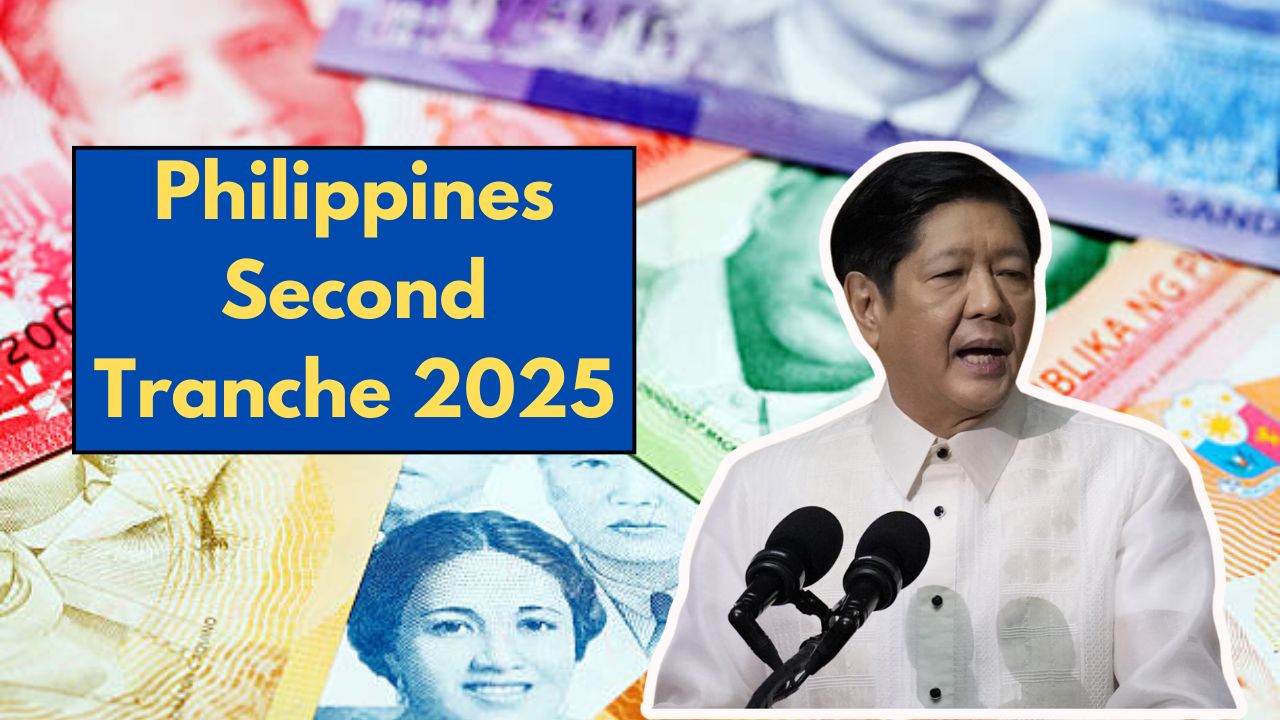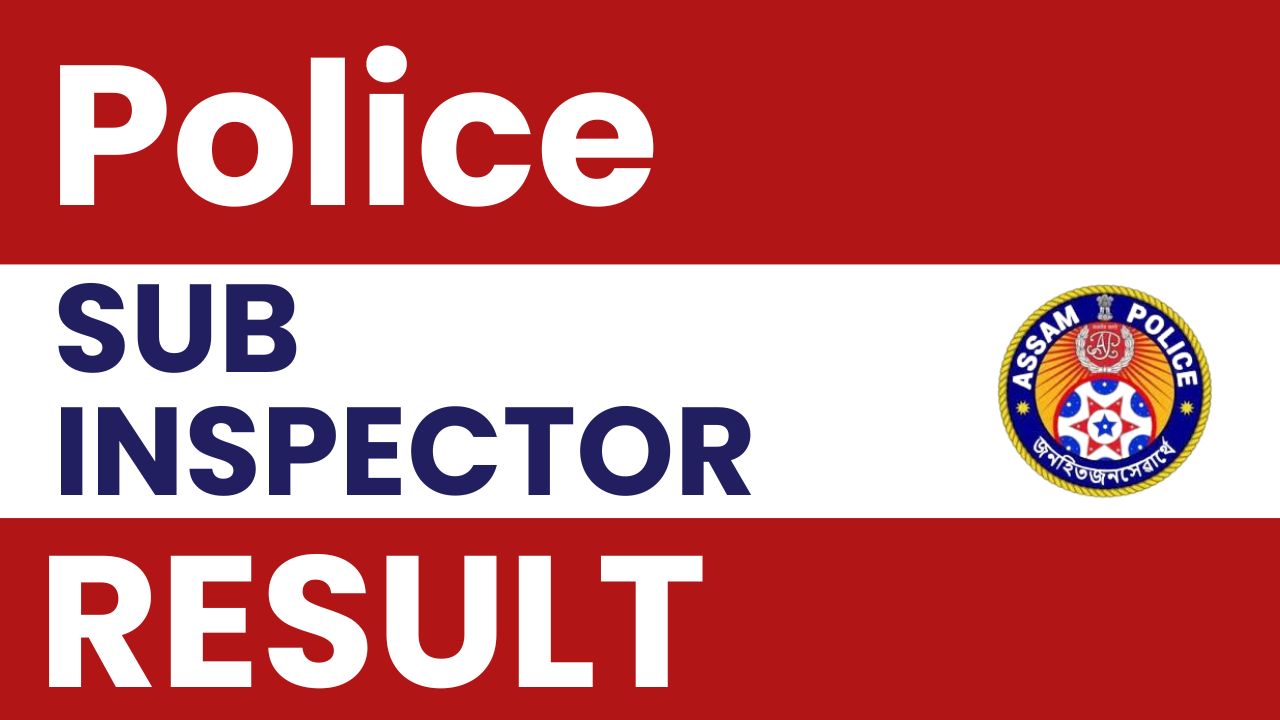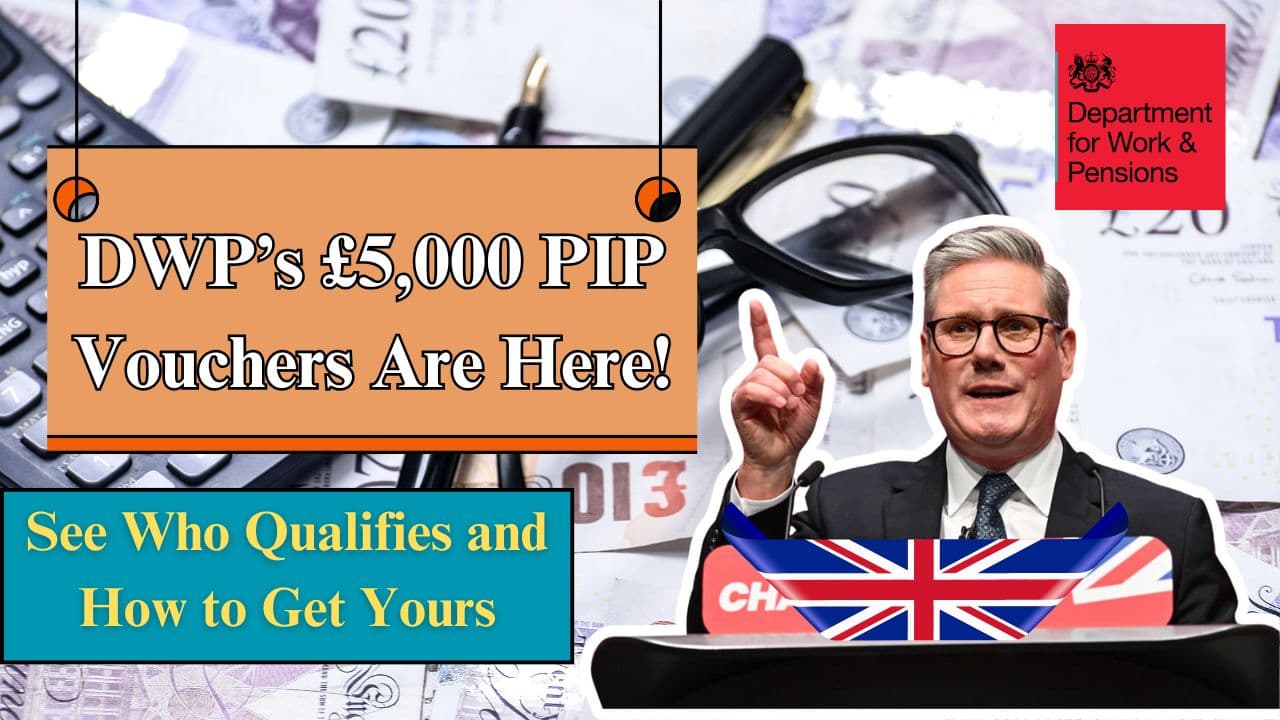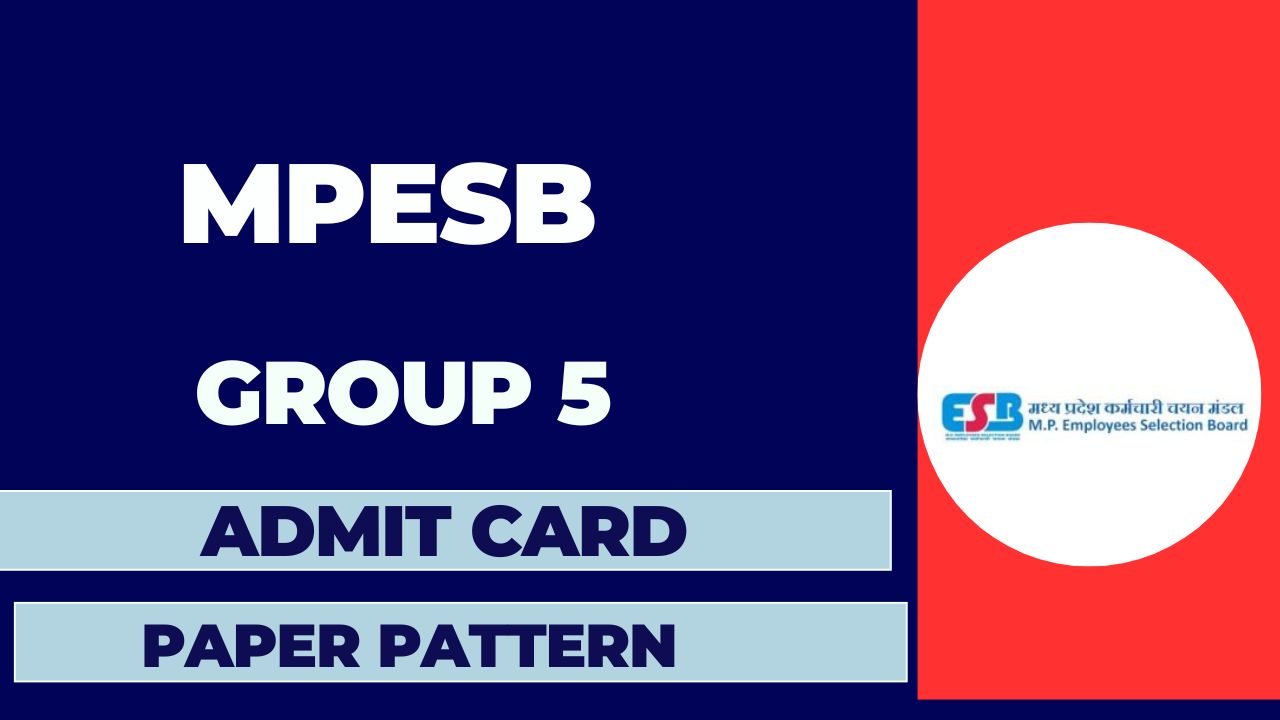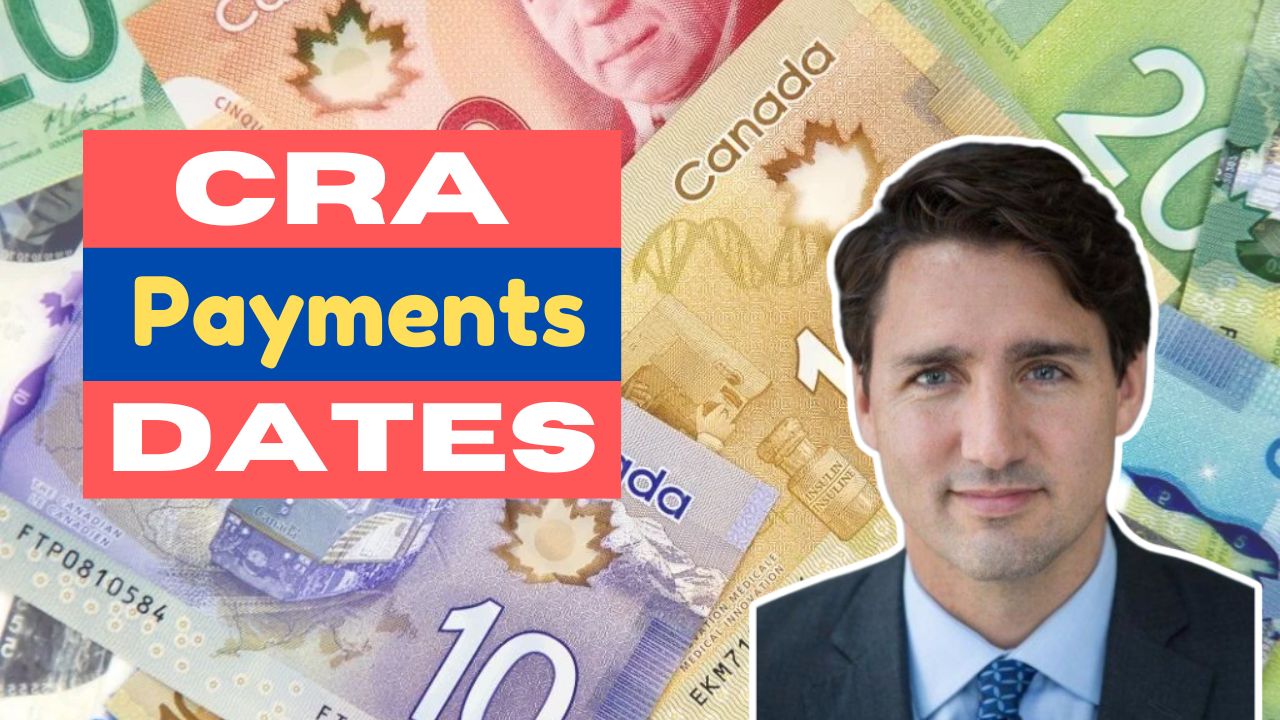The Donald Trump Student Loan Forgiveness Plan 2025 will likely focus on reducing government involvement in education. It may promote personal responsibility and accountability for colleges. The exact details of the plan are not yet available, but instead of broad loan forgiveness, it may offer structured repayment options and clear information about college costs.
Trump has previously supported policies that help borrowers repay loans faster. He has backed income-driven repayment plans, where monthly payments depend on earnings. He has also emphasized the need for transparency in college fees so that students can make better financial decisions before taking loans. While full loan cancellation may not be the goal, there could be targeted relief for public service workers or low-income borrowers.
Overall, the 2025 Trump administration may focus on self-sufficiency. It may expect students and educational institutions to manage debt responsibly while limiting federal involvement.
Donald Trump Student Loan Forgiveness Plan 2025
The Donald Trump Student Loan Forgiveness Plan 2025 is expected to introduce a structured way to handle student loans. Instead of cancelling full debt, it may focus on making educational institutions more responsible for student success. The plan could ensure that loan repayments remain manageable based on income. Colleges and universities might have to follow stricter rules to help students graduate with useful skills and lower debt.
Trump’s approach may bring targeted solutions rather than complete loan forgiveness. It could include stricter rules for loan service providers to protect borrowers. There may also be changes in federal loan programs and new repayment options for better financial management.
Some major changes may affect public service workers and low-income borrowers. Income-driven repayment (IDR), which adjusts payments based on earnings, and Public Service Loan Forgiveness (PSLF), which forgives loans after a fixed period for government and nonprofit workers, may see updates to improve the process or add new conditions.
Who Can Get Student Loan Forgiveness?
The rules for student loan forgiveness have not yet been confirmed. However, the program may focus on borrowers with low incomes or those working in public service jobs like teachers, nurses, and government employees.
A major requirement for loan forgiveness could be enrolling in an Income-Driven Repayment (IDR) plan. These plans adjust monthly payments based on income and family size. However, the eligibility rules may become stricter. Borrowers might need to show more proof of financial hardship and follow strict repayment rules to qualify.
The Public Service Loan Forgiveness (PSLF) program may also see changes. Right now, it forgives loans for government and nonprofit workers after 10 years of payments. Future updates might affect who can apply and the process to get loan forgiveness.
If you have student loans, stay updated on these changes to understand how they may affect your repayment options.
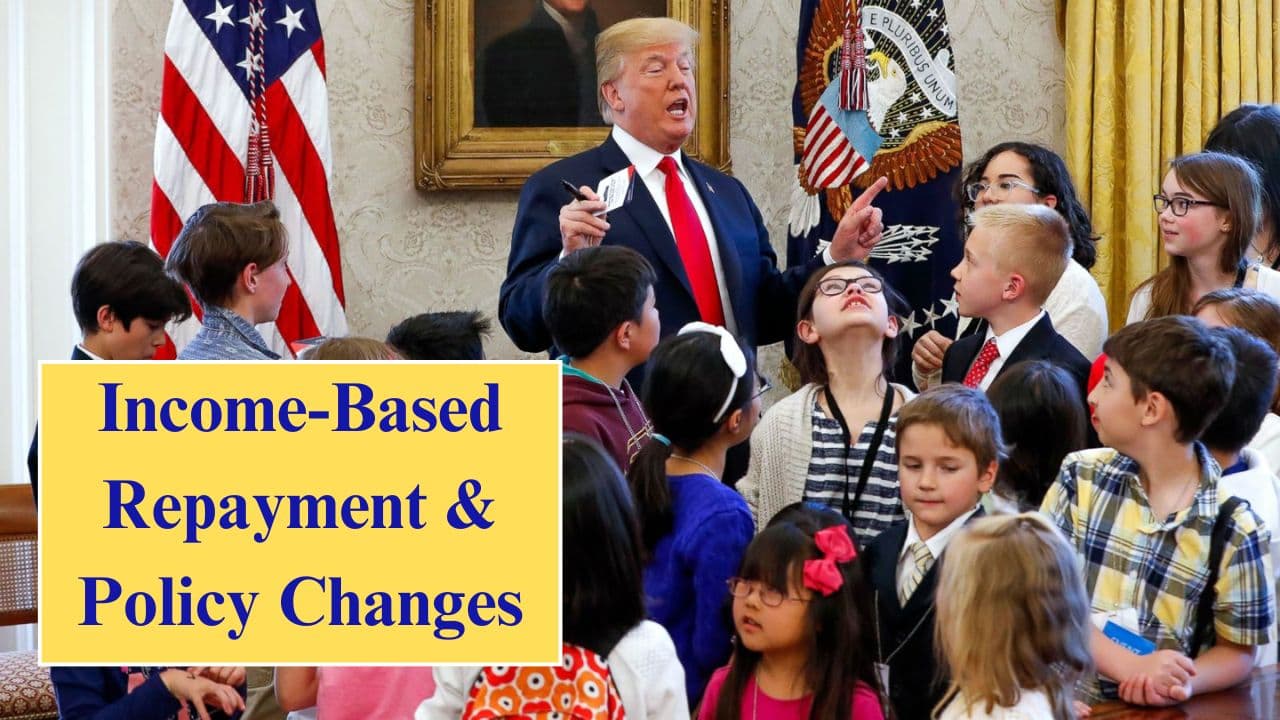
Trump’s 2025 Student Loan Plan: Important Changes for Borrowers
The 2025 student loan plan under Donald Trump may bring key changes. It could simplify repayment, limit loan access for low-income students, and introduce stricter fraud protections. Here are the main points:
1. Income-Based Repayment with a 12.5% Cap
The plan may offer a new income-based repayment (IBR) option. Borrowers could cap their monthly payments at 12.5% of their income. If income is low, payments will also be lower. After 15 years of regular payments, any remaining loan balance might be forgiven. This is shorter than the current 20-25 year forgiveness period.
2. Limited Access to Subsidized Loans for Low-Income Students
Subsidized federal loans help low-income students by covering interest while they study. The new plan could reduce these loans, making it harder for students to borrow without interest. More students may have to rely on unsubsidized loans, which start accumulating interest right away.
3. Stricter Rules for Borrower Defense to Repayment
Borrowers who were misled by their school or faced fraud can currently apply for loan relief. The new plan may make it harder to qualify. Students might need to provide more proof of fraud to get loan forgiveness under this program.
4. Stronger Oversight of Loan Servicers
Loan servicers manage student loan payments. The plan could bring tighter rules to ensure they treat borrowers fairly. However, it is unclear how this will affect loan forgiveness programs.
What This Means for Borrowers
If these changes happen, students may face higher loan costs and stricter eligibility for relief programs. Borrowers should stay updated on policy changes to make informed financial decisions.
How Trump’s Student Loan Forgiveness Plan May Impact Borrowers and Taxpayers
The proposed changes in Donald Trump’s student loan plan could affect different groups in various ways. Borrowers, especially those in public sector jobs, may face stricter repayment rules and fewer options for loan forgiveness. People relying on programs like Public Service Loan Forgiveness (PSLF) might have to change their financial plans as benefits could be reduced or removed.
Some low-income borrowers may still get targeted relief under certain conditions. While full loan forgiveness may not be available, specific groups facing financial difficulties could receive support through other measures.
For taxpayers, reducing large-scale loan forgiveness programs could lower government spending. This may ease the pressure on public funds and allow the government to use resources more efficiently in other areas.
Educational institutions might also feel the impact. With a focus on loan repayment results, colleges and universities may need to improve graduation rates, job placement services, and student success programs. They may also provide better career guidance and financial education to help students make smarter borrowing decisions.
How to Prepare for Changes in Student Loan Policies
Possible changes in student loan forgiveness and repayment policies may affect borrowers. It is important to take the right steps to stay financially secure. Here are some key points to consider:
1. Check Income-Driven Repayment (IDR) Plans
If loan payments feel difficult, explore options like Income-Based Repayment (IBR) or Pay As You Earn (PAYE). These plans adjust monthly payments based on income and family size. They also offer loan forgiveness after a fixed period.
2. Submit FAFSA Early
The Free Application for Federal Student Aid (FAFSA) decides your eligibility for grants, loans, and work-study programs. Apply early to get maximum financial aid and avoid delays.
3. Research Colleges Before Enrolling
Before choosing a college or university, check the accreditation, graduation rates, and job placement records. Avoid institutions that might lead to high debt and fewer career opportunities.
4. Stay Updated on Policy Changes
Government student loan policies change over time. Follow reliable sources like the U.S. Department of Education or financial news websites to stay informed about updates affecting your loan repayment.
5. Get Expert Financial Advice
If you are unsure about policy changes, consult a financial advisor or student loan expert. They can help you understand repayment strategies and manage your student loan effectively.
Taking these steps can help you handle changes in student loan policies and stay financially prepared for the future.

